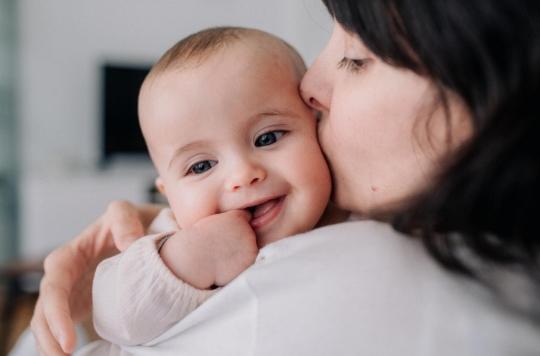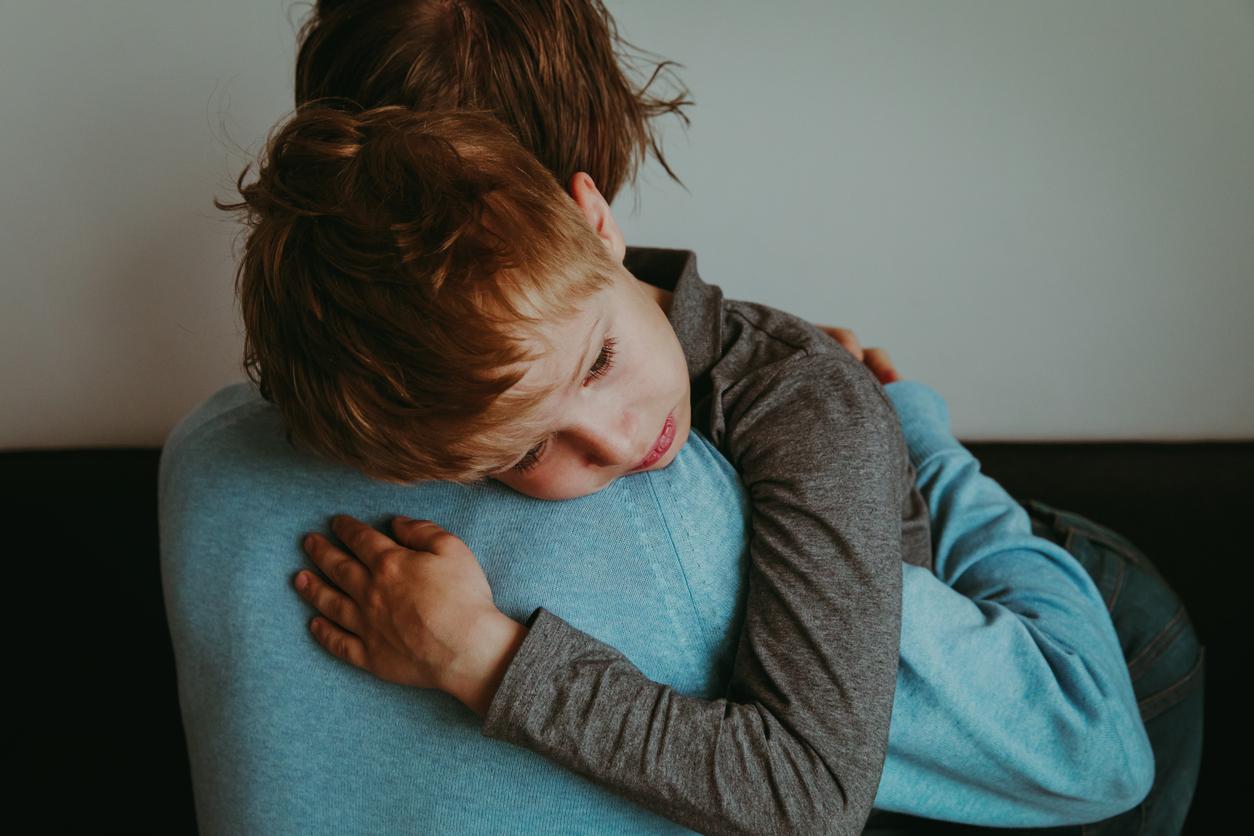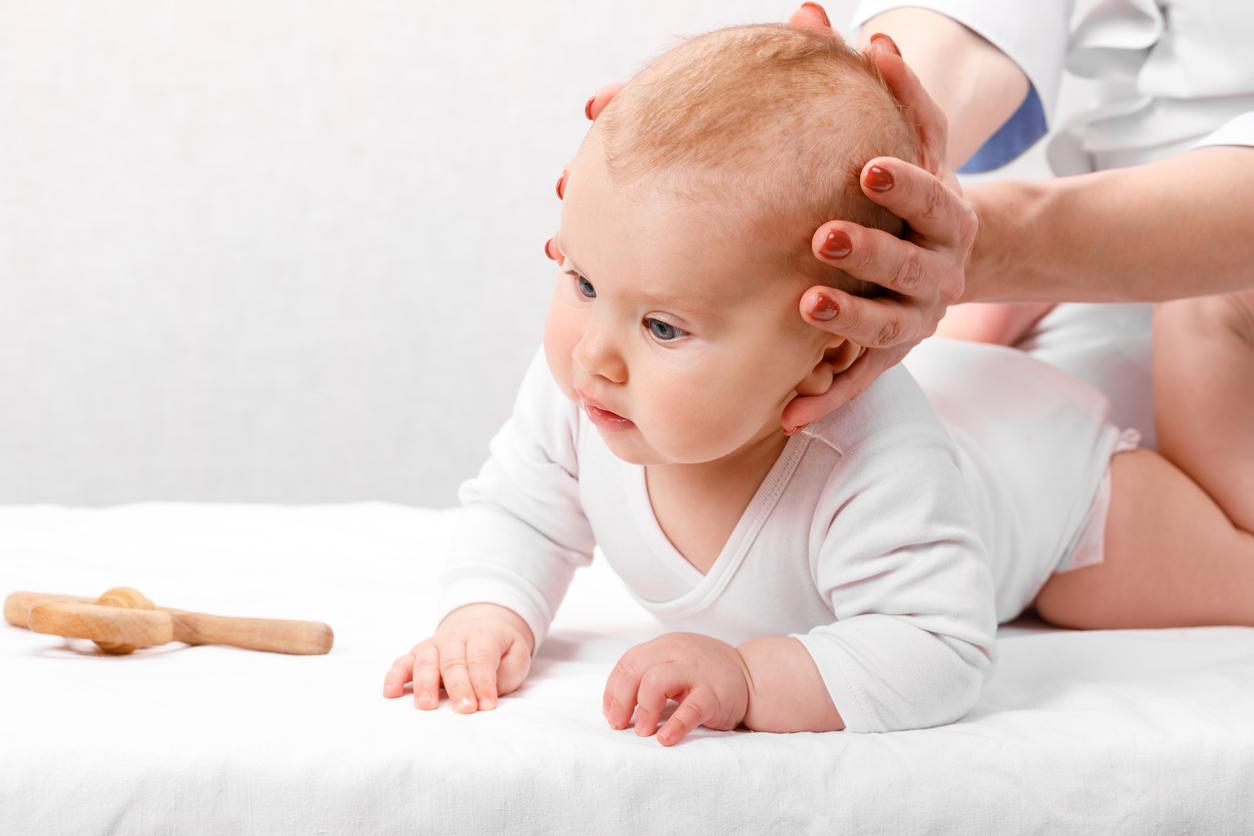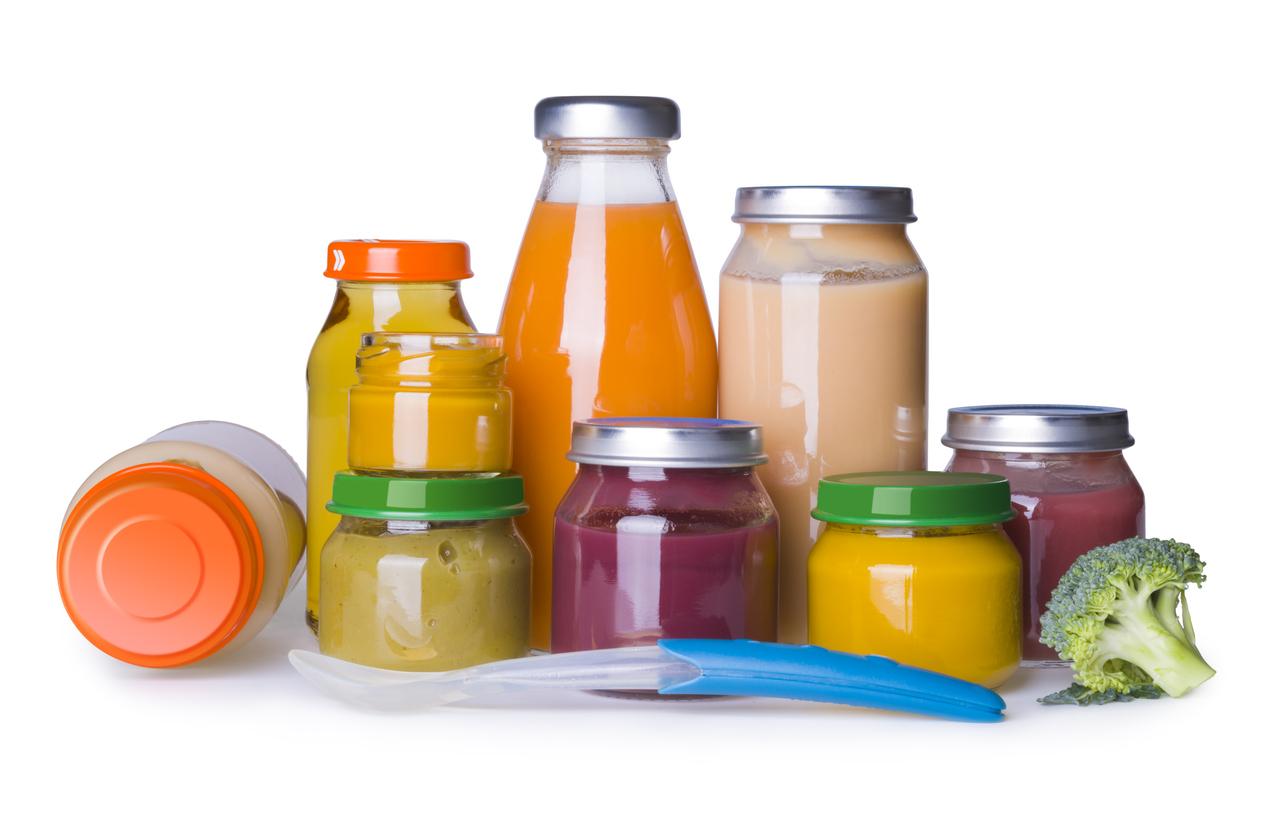Toddlers identify people who are close by their unconscious exchanges of saliva, such as when they drink from the same bottle or kiss.

- Saliva helps to moisten our mouth so that we can pronounce words and express ourselves easily.
- This fluid secreted by the salivary glands also protects the teeth and prepares food for passage through the esophagus and digestive tract.
Drinking from someone else’s bottle, kissing, biting into the same apple, sharing an ice cream cone or cutlery… For babies, these little gestures during which two people exchange their saliva speak volumes. Because according to a study published in the journal Science January 20, it is in fact a proof of closeness for young children.
“We know from a lot of research that babies are very sensitive to this social aspect of their world, but it was unknown if they really paid attention to different types of relationships,” explained to theAFP Ashley Thomas, researcher at Harvard and the Massachusetts Institute of Technology (MIT).
Children aged 5 to 7 years old
In order to find out if toddlers can tell the difference between so-called “close” relationships and more distant relationships based on certain behaviors and gestures, scientists conducted a study with children aged 5 to 7 years. For the purposes of the latter, the researchers were inspired by experiments with monkeys.
“We found that children inferred that people sharing their saliva had a special relationship,” the researchers said. According to the results, the children expected that the exchange of saliva would most often take place within families. Toddlers also expected people who shared their saliva to react in a distressing situation.
Categorize relationships
Parents surveyed confirmed that saliva sharing is an indicator of how close a relationship between two individuals is to their children. “The ability to interpret interactions to categorize relationships appears early in humans, without explicit teaching. This allows babies to quickly identify close relationships, both within and outside the family,” concluded the study authors.
.

















